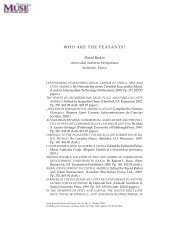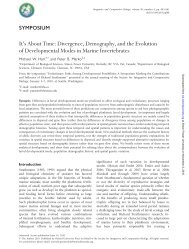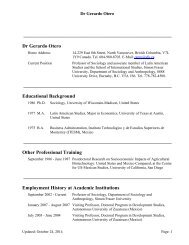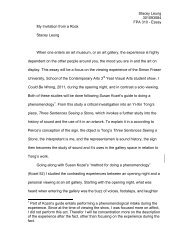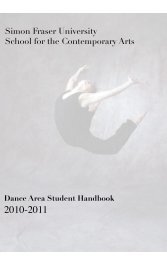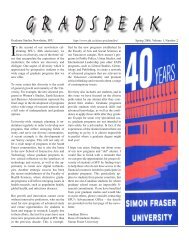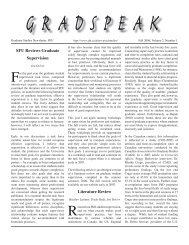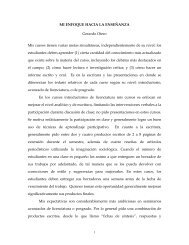Lexicon-Based Methods for Sentiment Analysis - Simon Fraser ...
Lexicon-Based Methods for Sentiment Analysis - Simon Fraser ...
Lexicon-Based Methods for Sentiment Analysis - Simon Fraser ...
You also want an ePaper? Increase the reach of your titles
YUMPU automatically turns print PDFs into web optimized ePapers that Google loves.
Computational Linguistics Volume 37, Number 2<br />
an SO-valued noun, it is treated as an intensifier rather than as a separate SO-bearing<br />
unit.<br />
(5) a. The plot had huge problems.<br />
b. They have made clear progress.<br />
c. This is a total failure.<br />
d. It’s an insignificant criticism.<br />
Besides adverbs and adjectives, other intensifiers are quantifiers (a great deal of ). We<br />
also included three other kinds of intensification that are common within our genre:<br />
the use of all capital letters, the use of exclamation marks, and the use of discourse<br />
connective but to indicate more salient in<strong>for</strong>mation (e.g., ...but the movie was GREAT!). 12<br />
In all, our intensifier dictionary contains 177 entries, some of them multi-word<br />
expressions.<br />
2.4 Negation<br />
The obvious approach to negation is simply to reverse the polarity of the lexical item<br />
next to a negator, changing good (+3) into not good (−3). This we may refer to as switch<br />
negation (Saurí 2008). There are a number of subtleties related to negation that need<br />
to be taken into account, however. One is the fact that there are negators, including<br />
not, none, nobody, never, andnothing, and other words, such as without or lack (verb<br />
and noun), which have an equivalent effect, some of which might occur at a significant<br />
distance from the lexical item which they affect; a backwards search is required to find<br />
these negators, one that is tailored to the particular part of speech involved. We assume<br />
that <strong>for</strong> adjectives and adverbs the negation is fairly local, though it is sometimes<br />
necessary to look past determiners, copulas, and certain verbs, as we see in Example (6).<br />
(6) a. Nobody gives a good per<strong>for</strong>mance in this movie. (nobody negates good)<br />
b. Out of every one of the fourteen tracks, none of them approach being weak<br />
and are all stellar. (none negates weak)<br />
c. Just a V-5 engine, nothing spectacular. (nothing negates spectacular)<br />
Negation search in SO-CAL includes two options: Look backwards until a clause<br />
boundary marker is reached; 13 or look backwards as long as the words/tags found are<br />
in a backward search skip list, with a different list <strong>for</strong> each part of speech. The first<br />
approach is fairly liberal, and allows us to capture the true effects of negation raising<br />
(Horn 1989), where the negator <strong>for</strong> a verb moves up and attaches to the verb in the<br />
matrix clause. In the following examples the don’t that negates the verb think is actually<br />
negating the embedded clause.<br />
(7) I don’t wish to reveal much else about the plot because I don’t think it is worth<br />
mentioning.<br />
12 The discourse connective but plays a role in linking clauses and sentences in a rhetorical relation (Mann<br />
and Thompson 1988). There are more sophisticated ways of making use of those relations, but we have<br />
not implemented them yet.<br />
13 Clause boundary markers include punctuation and sentential connectives, including some ambiguous<br />
ones such as and and but.<br />
276


